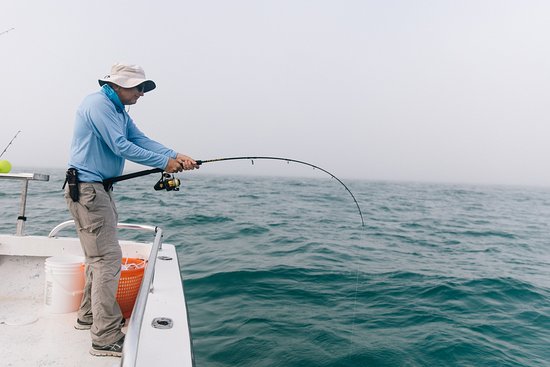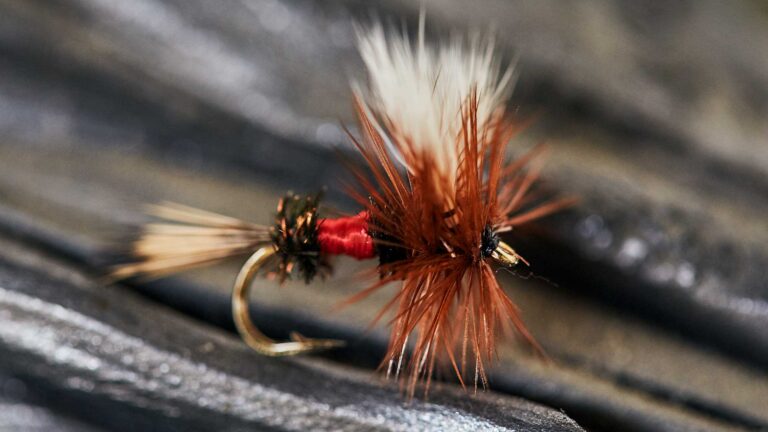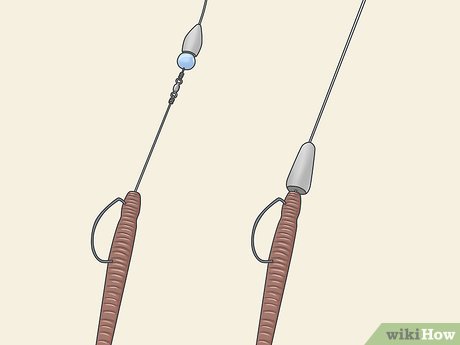How to Hook Bluegill for Bait
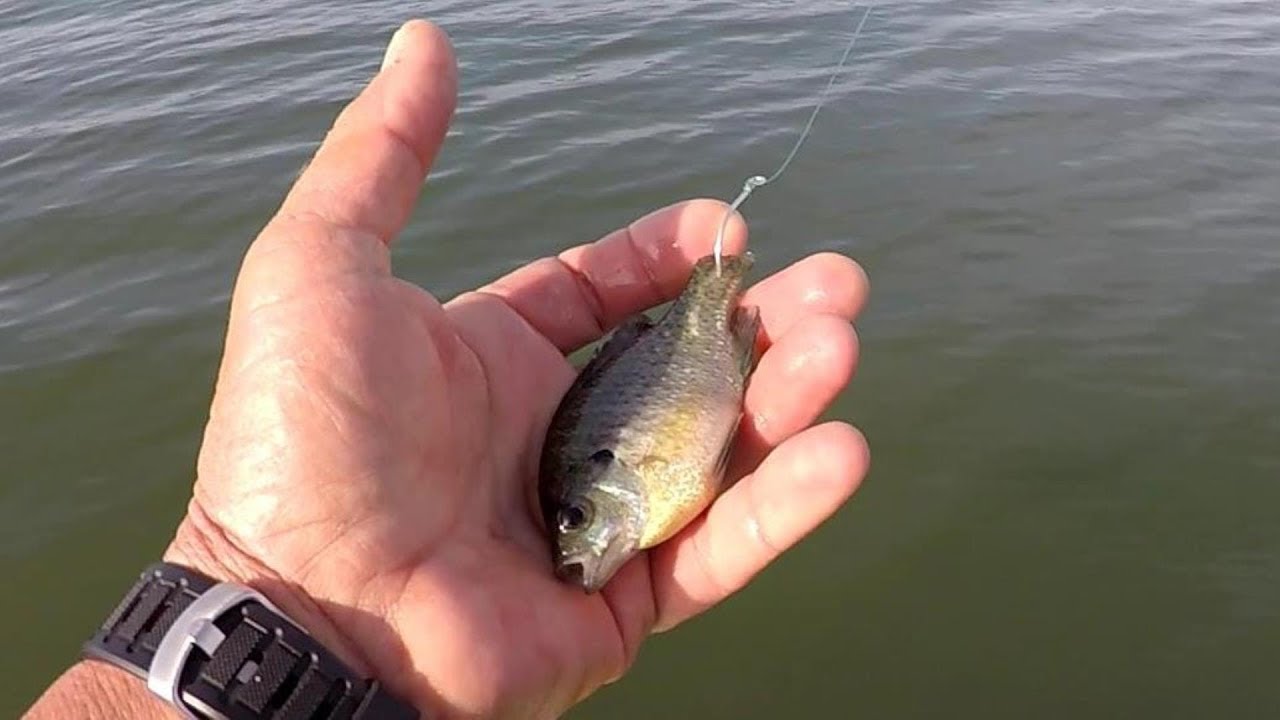
To hook bluegill for bait, thread the hook through the lips or back. Choose small hooks to prevent harming the bluegill and ensure lively bait.
Bluegill are a popular choice for anglers looking to catch predatory fish. These small, sunfish family members serve as an attractive meal for larger species, making them excellent live bait. Using light tackle with a small hook size, typically in the range of #6 to #10, is essential to successfully hook and use bluegill without causing significant harm.
Ensuring the bluegill remains active on the hook increases your chances of attracting your target fish. Keep the hooking process gentle and quick to maintain the bluegill’s vitality, providing the most natural and enticing movement underwater. Whether fishing in freshwaters for bass, catfish, or pike, effectively hooked bluegill can make the difference between an average day and a successful fishing trip.
The Allure Of Bluegill As Bait
Bluegill serve as an exceptional bait for enticing various game fish. As live bait, these freshwater fish exhibit vibrant colors and lively movement. Such traits are irresistible to predators, making them highly effective for fishing larger species. Durability and abundance also set bluegill apart from alternatives. They can withstand stronger bites and are easily available in many regions. Anglers often prefer bluegill due to their success in attracting a wide range of prized catches.

Credit: www.in-fisherman.com
Identifying Prime Bluegill Habitats
Understanding where bluegill thrive is critical for anglers. Lakes, ponds, streams, and rivers are popular bluegill locations. Dense vegetation and underwater structures, such as logs and rocks, provide ideal shelter. These areas offer protection and abundant food sources, making them bluegill hotspots.
Different seasons affect bluegill movement and behavior. Spring and summer see them in shallower waters for spawning. They prefer warm, sunny spots during these times. As temperatures drop, they move to deeper, warmer waters. Knowledge of these patterns ensures success in using them as bait.
Gear Essentials For Bluegill Fishing
Finding the perfect rod and reel is key for bluegill fishing. Light to ultralight action rods work best because they bend easier. This bend helps you feel the bluegill’s bite. It’s also easier to pull your catch out of the water. Match your rod with a spinning reel for easy use.
Small hooks are a must – size 6 to 12 is ideal. Bluegill have small mouths, so these hooks fit well. Use thin lines, around 2-6 lb test, for best results. Thin lines are hard for fish to see underwater. This means you will catch more bluegills!
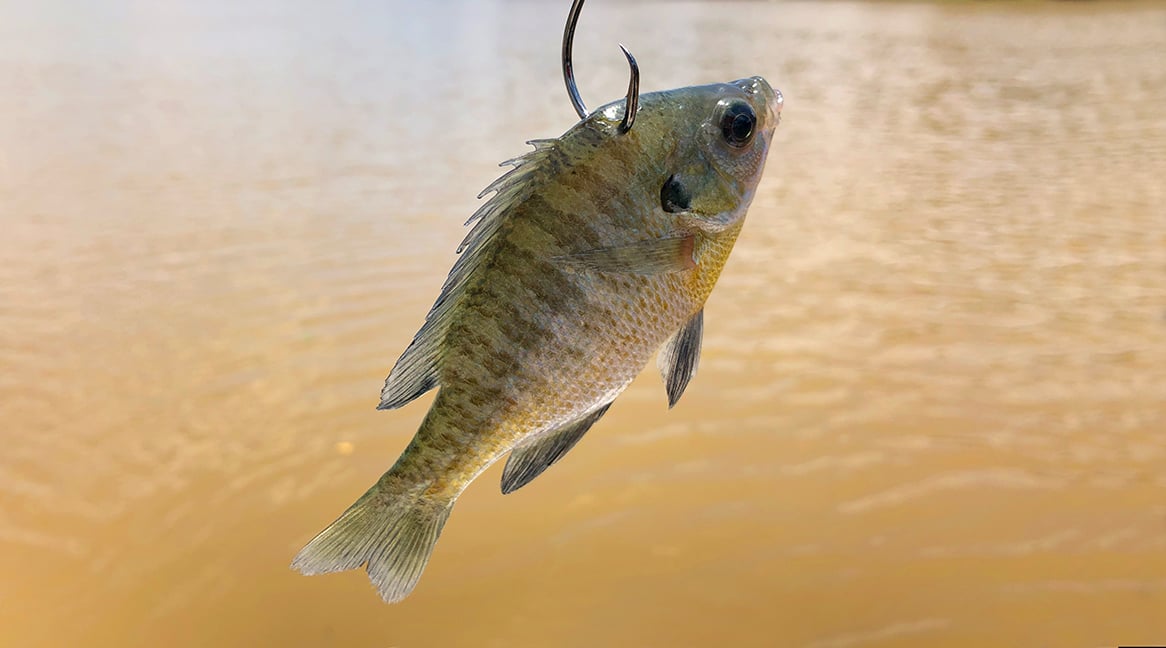
Credit: dietermelhornfishing.com
Effective Bluegill Baiting Techniques
Live bait and artificial lures both have advantages for catching bluegill. Live worms and insects are top choices that bluegill love. With live bait, the key is to make sure it moves naturally to attract the fish. On the other side, artificial bait offers consistency and can be used multiple times. Anglers often prefer small jigs and plastic worms that mimic live bait.
To keep bluegill alive and active, hook them correctly. The hook should go through the back or lips. This helps the bluegill to swim naturally and stay alive longer. A single small hook is best for this job. Use a #6 to #10 size hook for best results. This allows bluegill to move freely and catch predator fish’s attention.
Legal And Ethical Considerations
Understanding local fishing laws is key when using bluegill as bait. It is often required by law to check whether you can use bluegill. State regulations can vary, so always research before your fishing trip. Regulations may cover the size, number, and the way you catch bluegill.
It’s also important to fish responsibly to maintain bluegill populations. Only take what you need for bait. Practice catch and release with undersized or excess bluegill. Respecting the ecosystem will ensure bluegill bait is available for the future. Local fishery offices can give advice on sustainable fishing practices.

Credit: www.youtube.com
Using Bluegill To Target Larger Fish
Rigging bluegill for bait is straightforward with the right approach. Use a sharp hook and thread it through the back or lips of the bluegill. Ensure you match the size of the hook to the bluegill to avoid injury. Keep your bait lively; it will attract bigger fish.
Large predators like bass, catfish, and pike crave bluegill. They often hunt these smaller fish. When targetting such species, a live bluegill makes an enticing meal. A well-rigged bluegill can mean the difference between a good catch and a great one.
| Predator | Preferred Bluegill Size |
|---|---|
| Bass | Medium |
| Catfish | Large |
| Pike | Medium to Large |
| Musky | Large |
Frequently Asked Questions For How To Hook Bluegill For Bait
How Do You Bait A Bluegill On A Hook?
To bait a bluegill, thread a small worm or piece of worm onto the hook. Pierce the bait only once, ensuring it’s secure to attract fish effectively. Keep bait size appropriate for the small mouths of bluegill.
How Do You Hook A Bluegill To A Bass?
To hook a bluegill for bass fishing, use a live bluegill as bait. Hook it through the back or lips, ensuring it remains lively to attract bass. Keep the setup simple: a basic hook and sinker rig works well.
Can You Use A Bluegill As Bait?
Yes, you can use bluegill as bait, but ensure compliance with local fishing regulations, as some areas may have restrictions on using gamefish for bait.
What Is The Best Bait For Bluegill Fishing?
The best baits for bluegill fishing are live worms, crickets, and small jigs. Artificial flies also work effectively in attracting bluegill.
Conclusion
Mastering the art of hooking bluegill opens up a new dimension in fishing. Follow these steps for effective baiting and watch your catch rate soar. Remember, practice brings perfection. Tight lines and happy fishing as you leverage bluegill to outwit bigger game!
